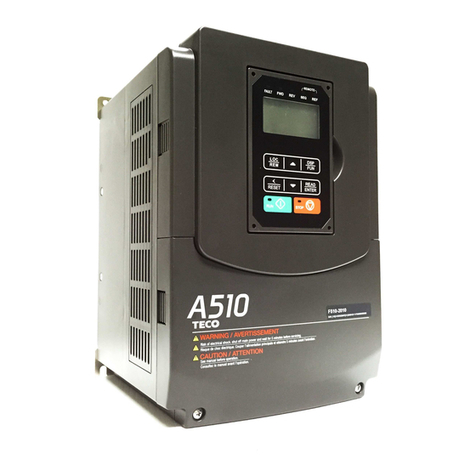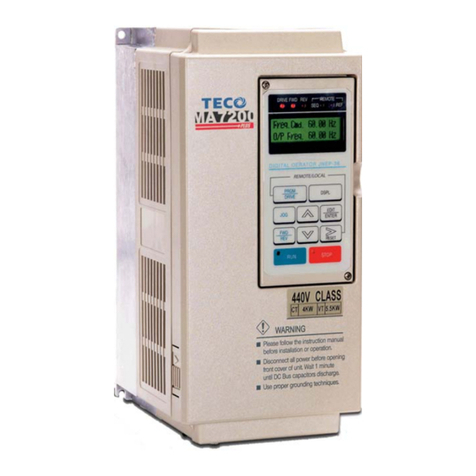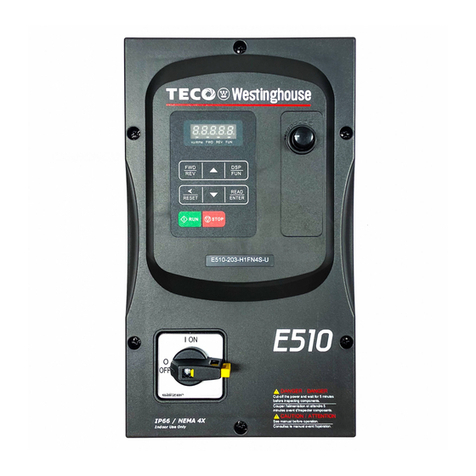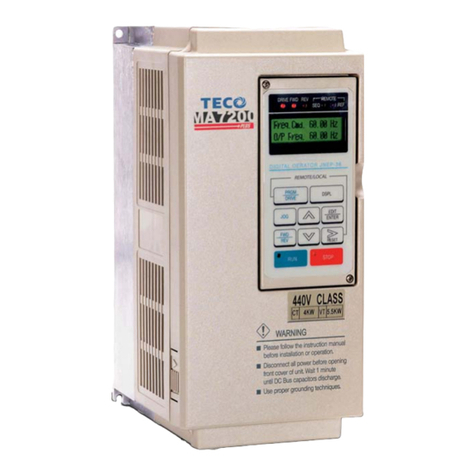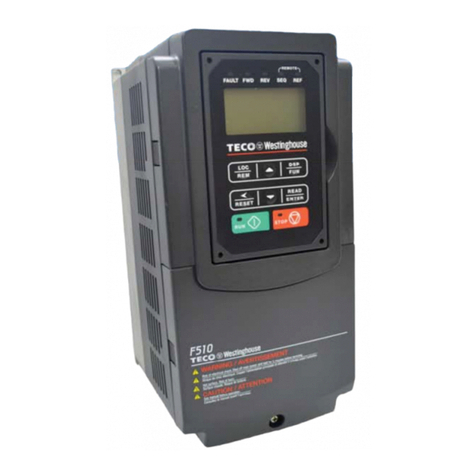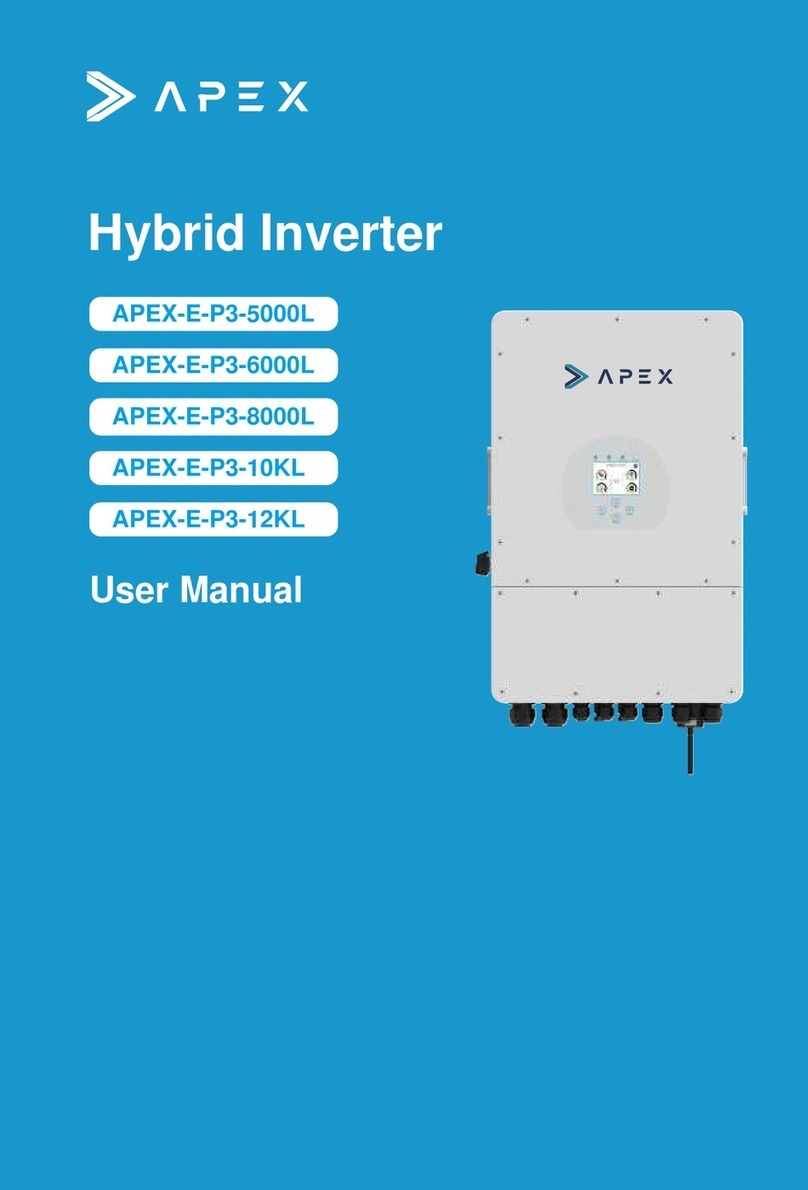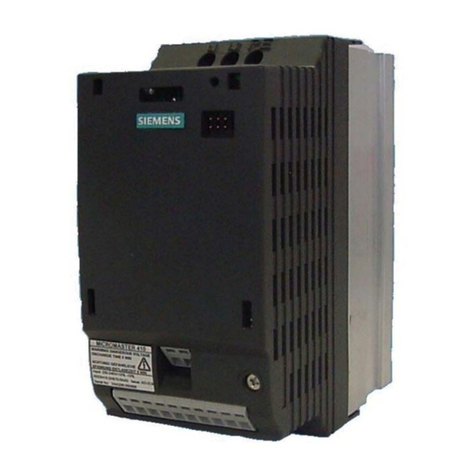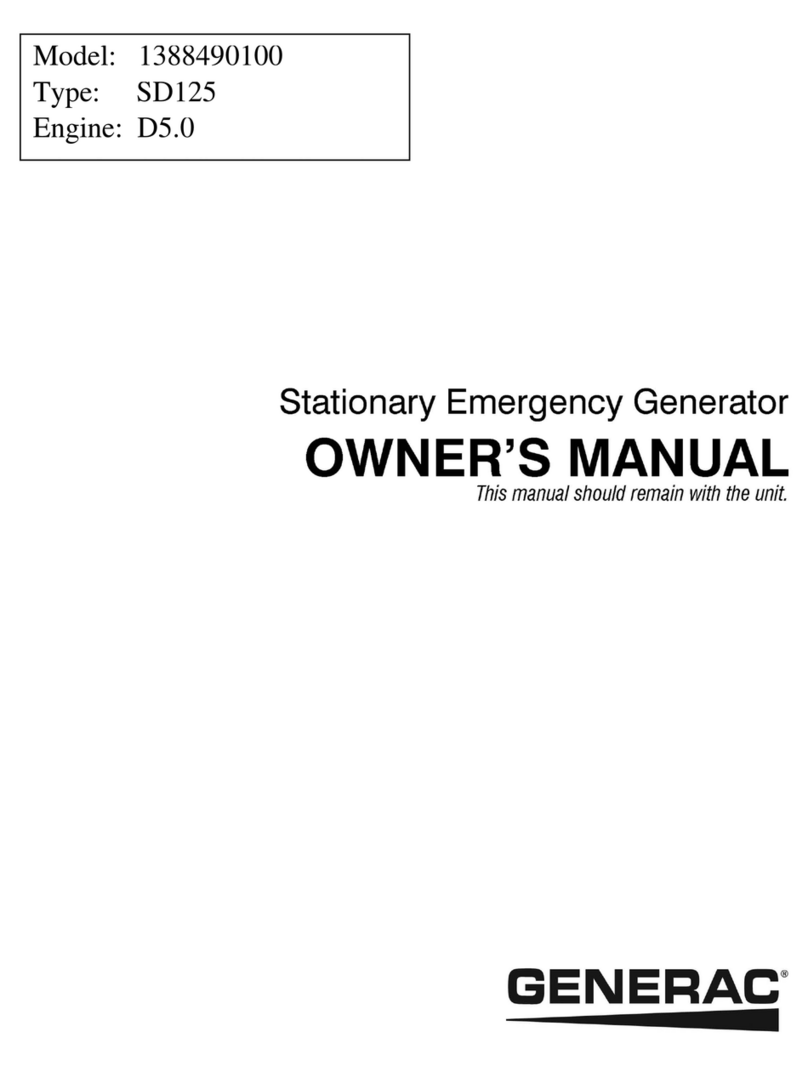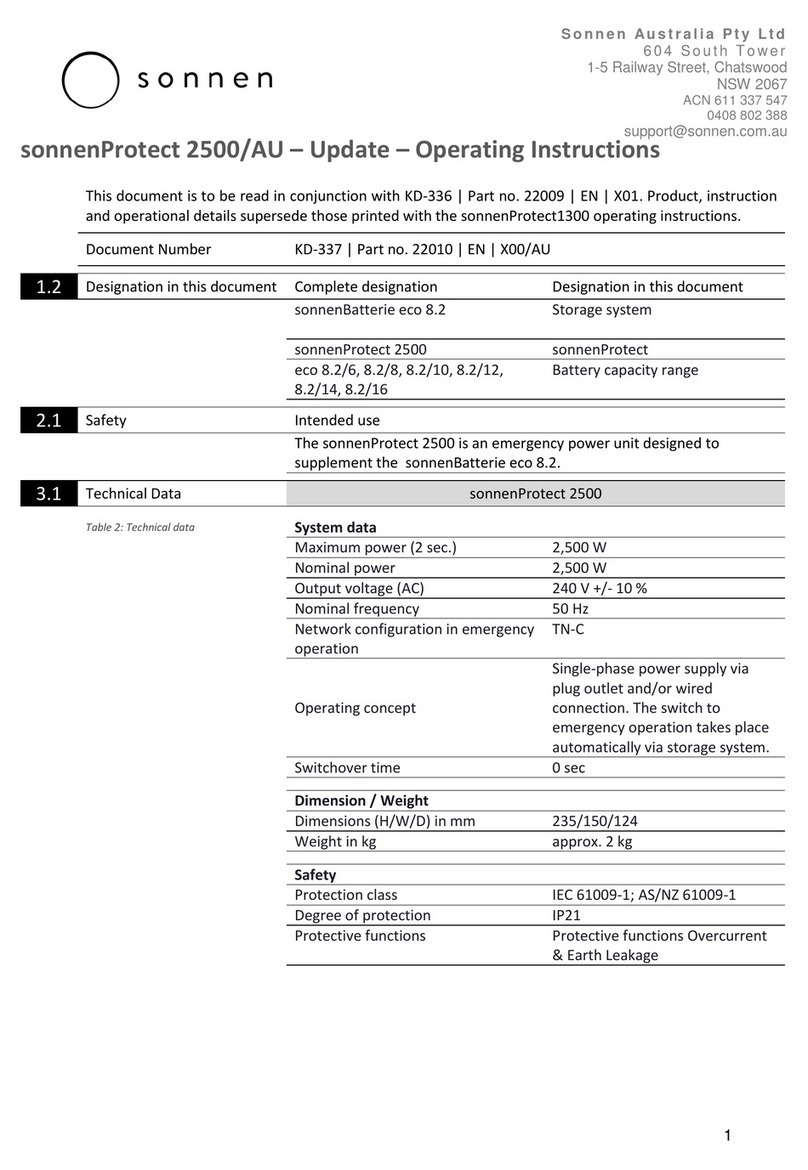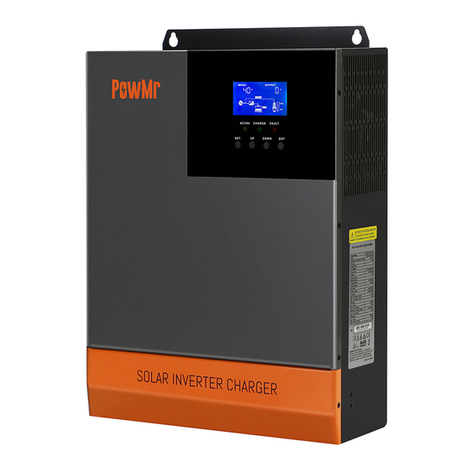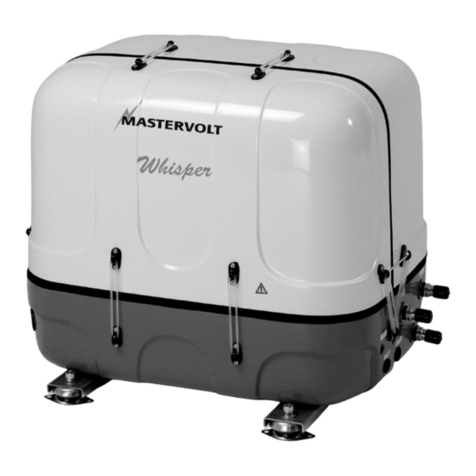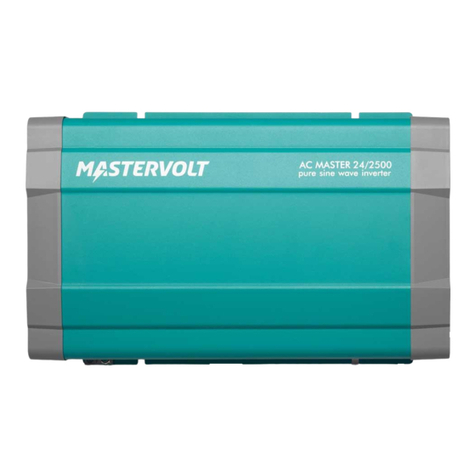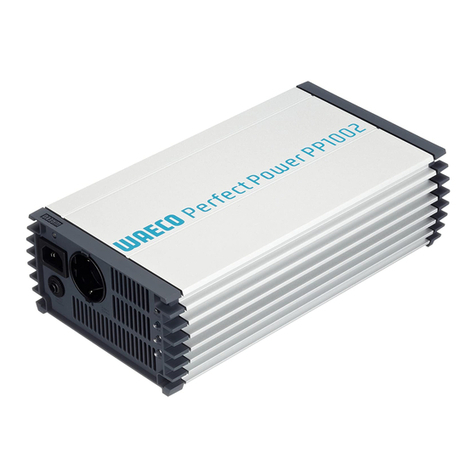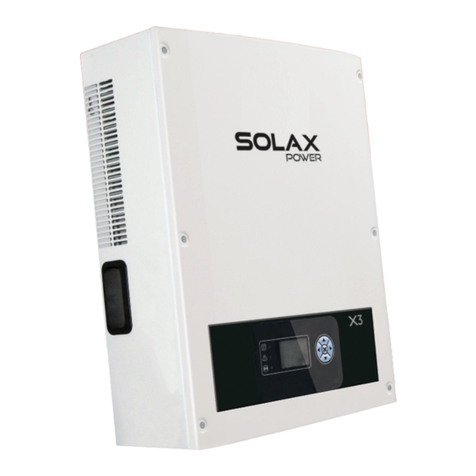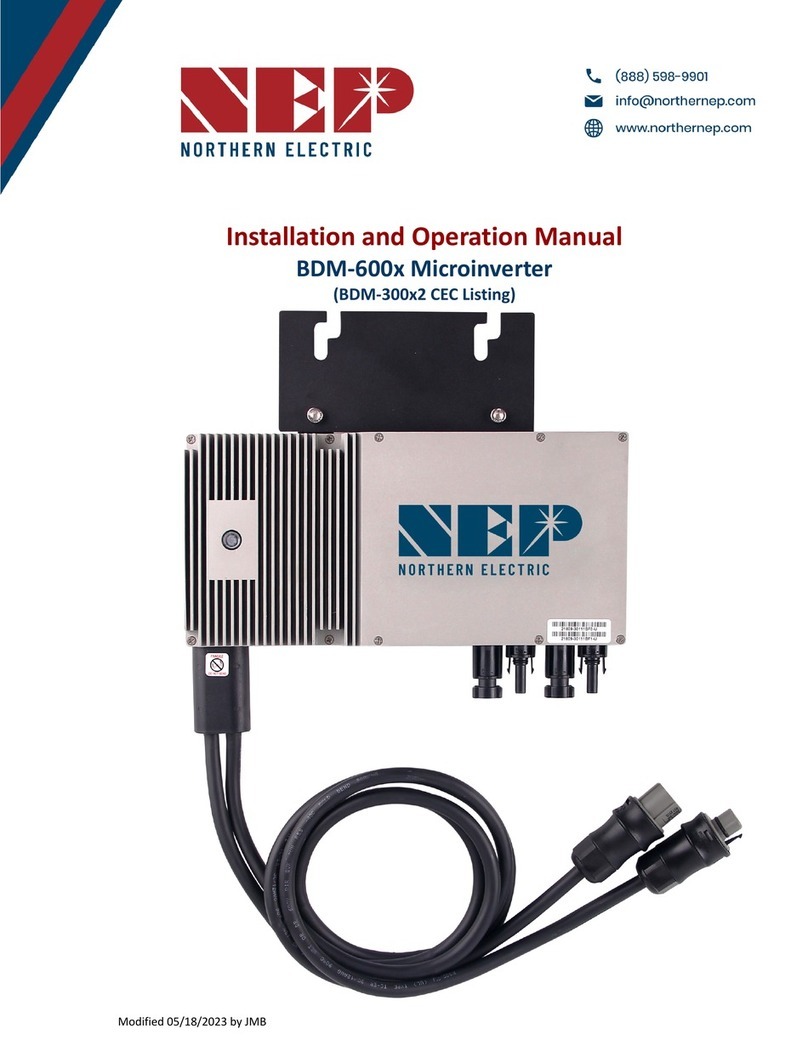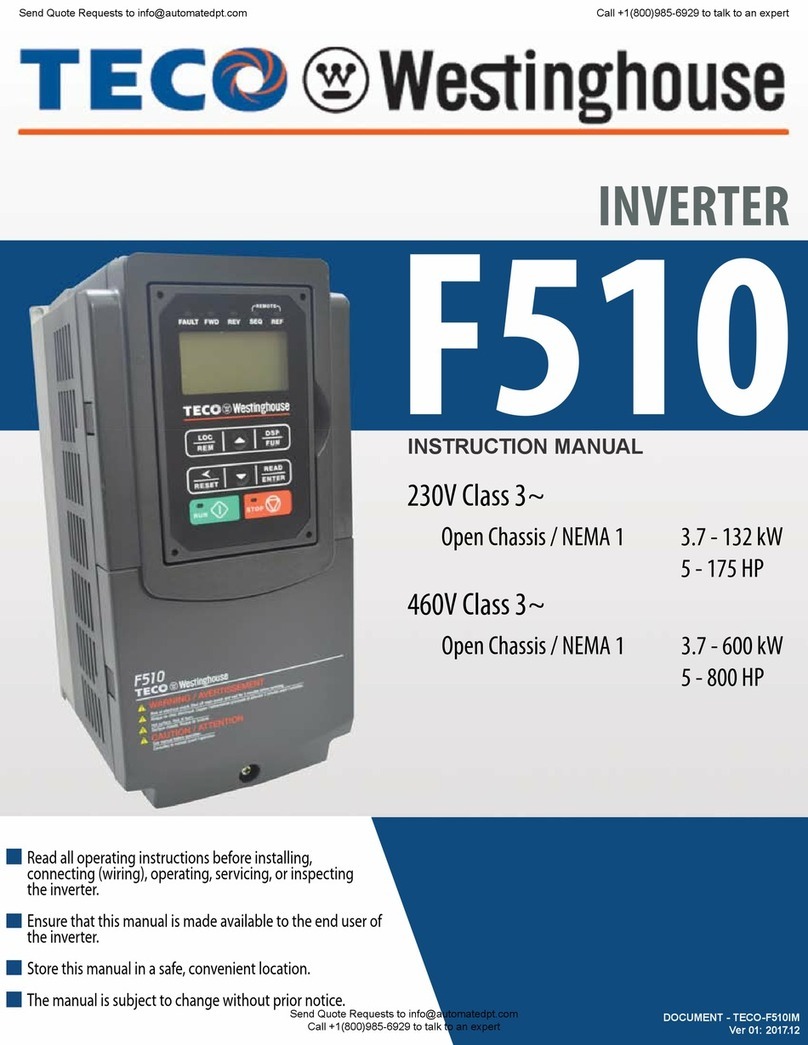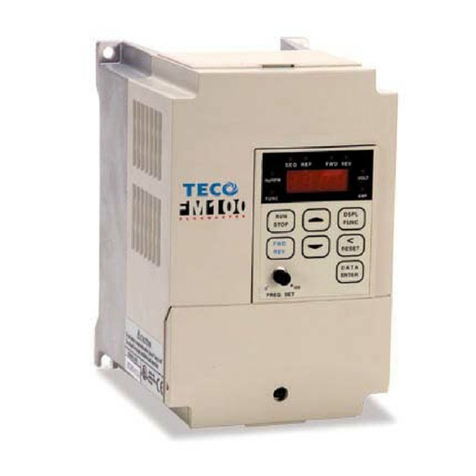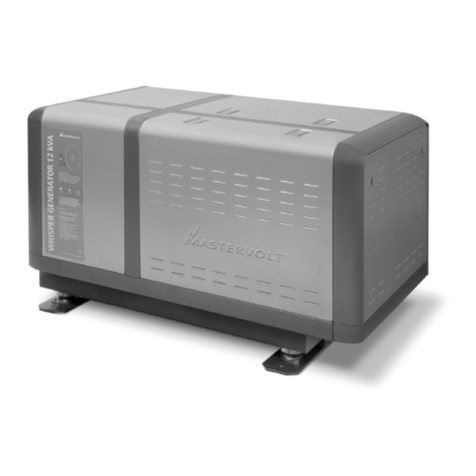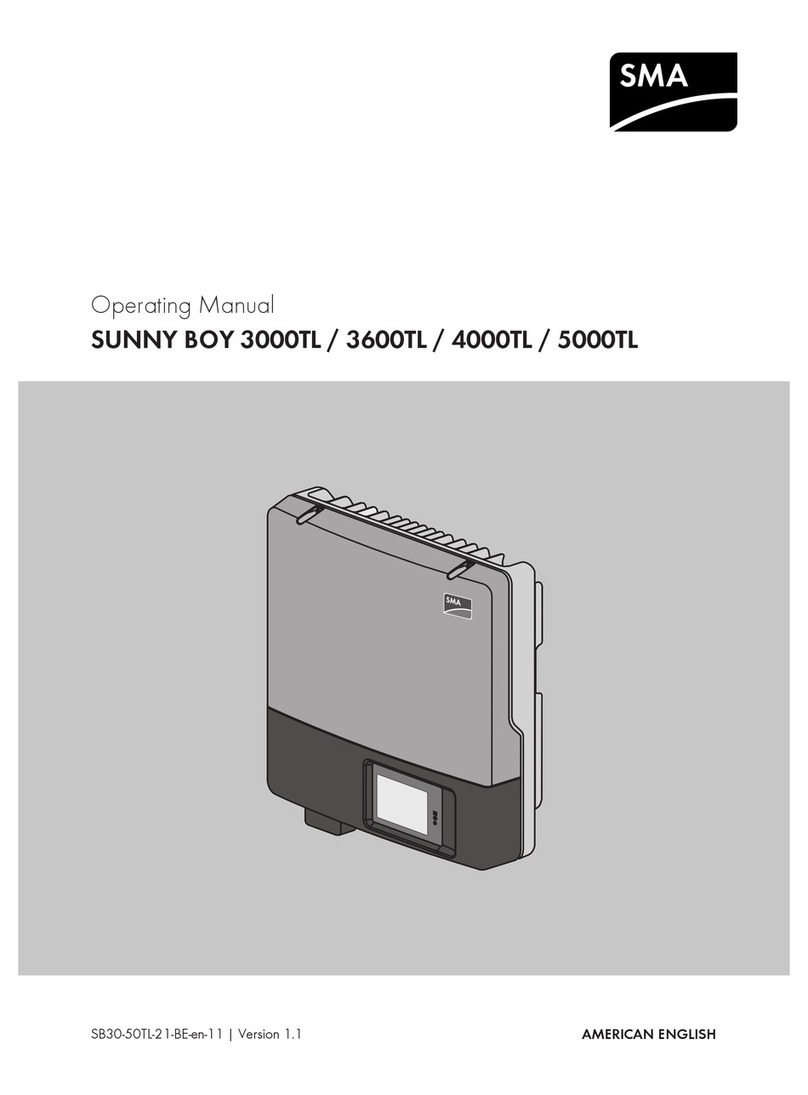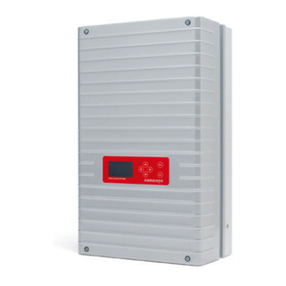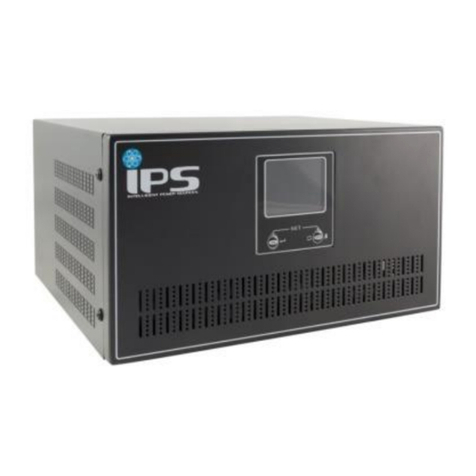
3.3 External View ............................................................................................................................................3-3
3.4 Warning Labels .........................................................................................................................................3-6
3.5 Removing the Front Cover........................................................................................................................3-7
3.6 Wire Gauges, Tightening Torque, Short Circuit, Circuit Breaker and Fuse Ratings...............................3-14
3.7 Wiring Peripheral Power Devices ...........................................................................................................3-16
3.8 General Wiring Diagram..........................................................................................................................3-18
3.9 User Terminals........................................................................................................................................3-19
3.10 Power Terminals...................................................................................................................................3-22
3.11 Inverter Wiring.......................................................................................................................................3-25
3.12 Input Power and Motor Cable Length...................................................................................................3-27
3.13 Cable Length vs, Carrier Frequency.....................................................................................................3-27
3.14 Installing an AC Line Reactor ...............................................................................................................3-27
3.15 Power Input Wire Size and NFB ...........................................................................................................3-28
3.16 Control Circuit Wiring............................................................................................................................3-28
3.17 Inverter Specifications...........................................................................................................................3-29
3.18 General Specifications..........................................................................................................................3-33
3.19 Inverter De-rating Based on Carrier Frequency....................................................................................3-35
3.20 Inverter Dimensions..............................................................................................................................3-38
4. Keypad and Programming Functions.....................................................................................................4-1
4.1 LED/LCD Keypad......................................................................................................................................4-1
4.2 Parameters..............................................................................................................................................4-15
4.3 Commonly Used Parameters..................................................................................................................4-54
5. Check Motor Rotation and Direction.......................................................................................................5-1
6. Speed Reference Command Configuration............................................................................................6-1
6.1 Reference from the Keypad......................................................................................................................6-1
6.2 Reference from an Analog Signal (0-10V / 4-20mA) / Speed Pot ............................................................6-2
6.3 Reference from Serial Communication RS485.........................................................................................6-4
6.4 Reference from Pulse Input ......................................................................................................................6-6
6.5 Change Frequency Unit from Hz to rpm ...................................................................................................6-7





















